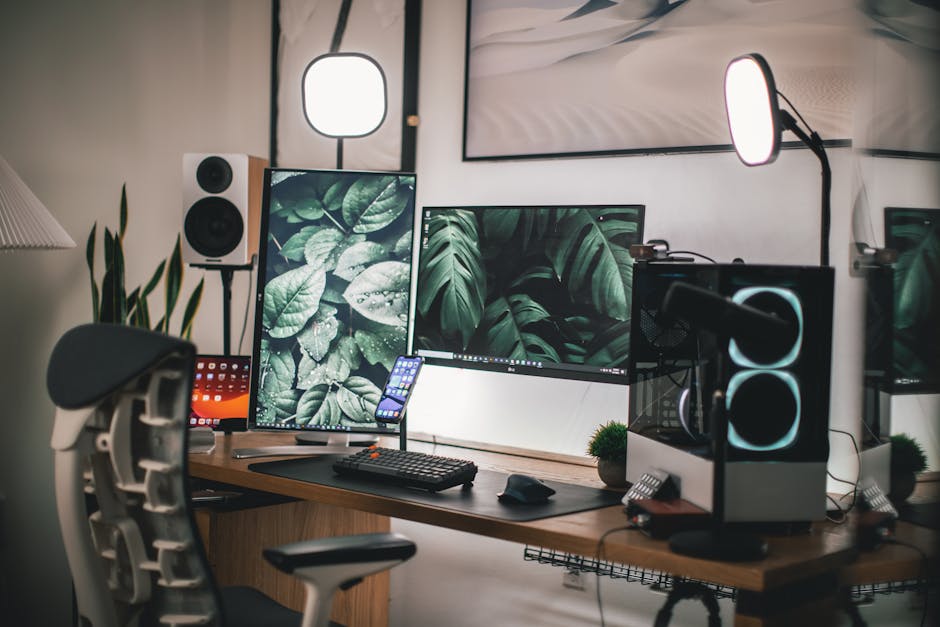Diving into the world of IPTV opens up a universe of television enjoyment you never knew existed. From international shows to exclusive sports broadcasts, learn how setting up IPTV at home can be both simple and transformative.
Understanding IPTV and Its Advantages
IPTV, or Internet Protocol Television, uses the internet to deliver television content, bypassing traditional modes of broadcast such as satellite or cable TV. Unlike conventional TV, IPTV offers the capability to stream media continuously, ensuring that users can watch their favorite shows or channels in real time or on-demand.
The flexibility of IPTV provides a distinct advantage over other forms of content delivery. With features such as pause, rewind, or access to a vast library of on-demand content, viewers can customize their watching experience like never before.
Moreover, IPTV can significantly reduce the clutter and inconvenience of dealing with multiple cables and devices. All you need is an internet connection, and you’re set to explore a world where entertainment options are virtually limitless.
Preparation: What You Need Before Installation
Before embarking on the IPTV installation journey, ensure you have a high-speed internet connection. IPTV streams video content in high definition, which can consume a significant amount of bandwidth.
Choosing the right hardware is another critical step. A compatible set-top box or a smart TV that supports IPTV applications is essential for the best viewing experience.
Finally, selecting the right IPTV service provider will determine the type and quality of content available to you. Research providers to find one that offers the channels and shows that best suit your interests and needs.
Step-by-Step IPTV Installation Guide
Firstly, connect your IPTV box to your TV. Use an HDMI cable for HD content or traditional AV cables for standard definition. Ensure your internet connection is active and stable.
Power on your IPTV box and follow the on-screen setup instructions. This process will include connecting to your home Wi-Fi network or via an Ethernet cable for a more stable connection.
Once connected to the internet, enter the subscription or service provider details. This information is usually provided after you sign up for an IPTV service.
Explore the IPTV service’s features and settings. Take this time to customize your user profile, adjust streaming quality settings, and familiarize yourself with the layout and content offerings.
Troubleshooting Common IPTV Setup Issues
A common issue faced during IPTV setup is buffering. This is often due to an inadequate internet connection. Consider upgrading your home internet plan or improving your Wi-Fi signal strength.
If you encounter no signal or connection errors, check all physical connections between your IPTV box, TV, and internet router. Misconfiguration in the IPTV’s settings could also be the culprit.
In cases where the service doesn’t launch or crashes frequently, ensure your IPTV box’s firmware is up to date. If problems persist, contacting your IPTV provider’s customer support is a reliable next step.
Maximizing Your IPTV Experience: Tips and Tricks
To enrich your IPTV viewing, consider integrating a VPN. A VPN can provide access to geo-restricted content, offering a broader range of shows and movies from around the globe.
Regularly updating your IPTV box and apps ensures you have the latest features and security patches, leading to a smoother, more secure viewing experience.
Engage with the IPTV community online for recommendations on the best content and hidden gems within your IPTV service. User forums and social media groups are great resources for tips and tricks tailored to your viewing preferences.
With these steps, you have the power to unlock a new realm of entertainment through IPTV. By incorporating our guide, troubleshooting tips, and maximizing your viewing experience, the seamless transition into digital TV is not just a possibility, but a reality.



Recent Comments